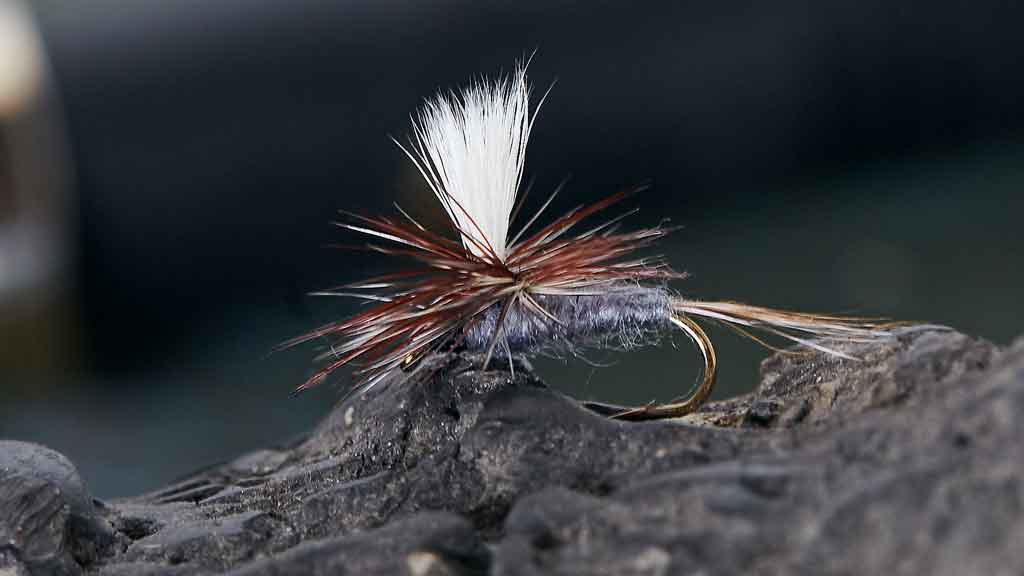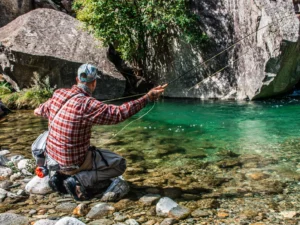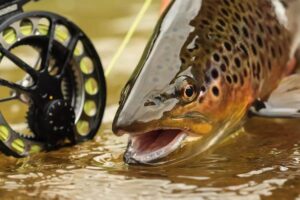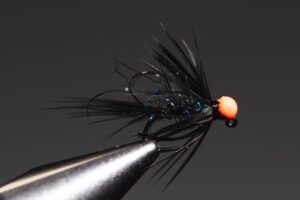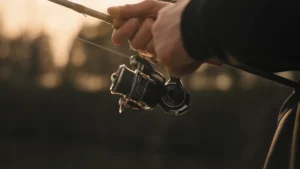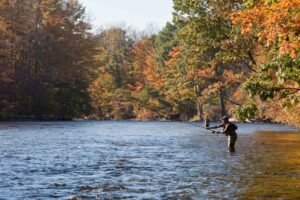Few things in fishing compare to the thrill of watching a trout rise and sip your dry fly off the surface. It’s the visual payoff every fly angler dreams about—part skill, part timing, and entirely addictive. Dry fly fishing is one of the most exciting and technical ways to catch trout, and when done right, it can be incredibly productive. Whether you’re just getting started or want to refine your approach, this guide will teach you how to use dry flies to trigger those heart-pounding surface strikes.
What Is Dry Fly Fishing?
Dry fly fishing involves using a buoyant, floating fly that imitates an adult insect resting on the surface of the water. Trout rise to the surface to feed on these insects during hatches or when terrestrial bugs like ants and hoppers fall into the water.
Because the action happens in plain view, it requires careful presentation, stealth, and observation. But the reward? Watching a wild trout explode on your fly. It doesn’t get better.
When to Use Dry Flies
- During hatches: Mayflies, caddisflies, and midges are common during warmer months, especially in the morning and evening.
- In calm or low water: Trout are more likely to feed on top in slower, clearer water.
- On warm, sunny days: Terrestrial insects (grasshoppers, beetles, ants) often fall into the water and become easy targets.
- When you see rises: Surface dimples or splashy strikes mean trout are feeding up top—your cue to tie on a dry.
Choosing the Right Dry Fly
Here are some proven patterns to keep in your box:
- Adams: A versatile mayfly imitation—great all-around pattern.
- Elk Hair Caddis: Floats well and mimics caddisflies.
- Parachute PMD or BWO: Perfect for matching mayfly hatches.
- Griffith’s Gnat: Ideal for midge hatches or picky trout.
- Hopper and Ant Patterns: Deadly during summer and fall.
Pro Tip: Match the hatch by observing the size, color, and behavior of the insects you see on the water.
Presentation Is Everything
Dry fly fishing is about presentation—how the fly lands, floats, and drifts:
- Dead Drift: Aim for a natural, drag-free float. The fly should drift just like a real insect.
- Mend Your Line: After your cast, use line mends to prevent drag and maintain a natural drift.
- Stealth Matters: Approach the water quietly, wear natural colors, and avoid casting shadows.
- Cast Upstream: Position yourself below rising fish and cast upstream so your fly reaches them before your line does.
Reading the Rise
Pay attention to how trout are rising:
- Gentle sips: Usually mean they’re feeding on small insects or midges—match with delicate dries.
- Splashy takes: Often during caddis hatches or when terrestrials are present—use a more buoyant, visible fly.
- Head and tail rises: Suggest the trout is taking emerging insects—consider an emerger or a fly tied low in the surface film.
Setting the Hook
Don’t set too soon! Wait for the trout’s mouth to close before lifting your rod—this is where patience wins. Jerking too early will often pull the fly away before the fish fully commits.
Looking to score some dry flies for your next trout fishing adventure? Shop Now: https://amzn.to/4jZhc5L
Final Thoughts
Fishing dry flies for surface strikes is as much about observation and timing as it is about casting and fly selection. When everything comes together—a good drift, a perfect fly, and a rising trout—you’ll get one of the most rewarding experiences in all of fly fishing. It’s not just about catching fish—it’s about watching them take your fly.

